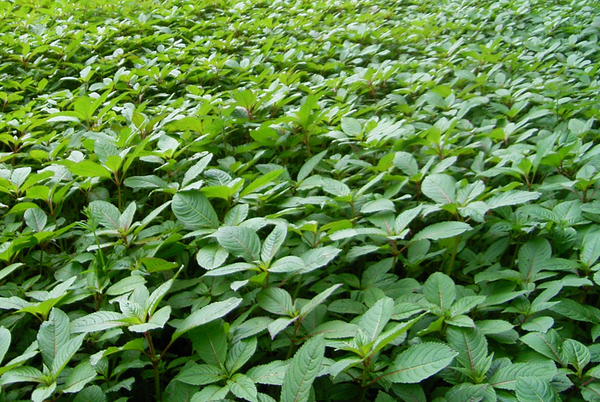New Strategy Receives Thumbs Up
This week in Douala, Cameroon, the General Assembly of the African Union’s InterAfrican Phytosanitary Council (IAPSC) gave the thumbs up to IAPSC’s new strategic plan. IAPSC Director Dr Jean Gerard Mezui M’Ella thanked all the organisation’s partners who had assisted in the preparation of the plan, especially FAO’s Regional Office for Africa for funding the…
New in May 2015 from the ISC
In May 2015 the following datasheets were published on CABI’s Invasive Species Compendium (ISC). You can explore the open-access ISC here: www.cabi.org/isc Bubalis bubalis (Asian water buffalo) – domesticated herds of the Asian water buffalo are widely kept across Asia and southern Europe, where they are considered naturalised and not invasive. However, introduced populations in Australia and…
Villagers front-line in the battle against Prosopis in Ethiopia
Paul Rogers, Business Development Manager at CABI, visits Badahamu to understand how invasive weeds affect their livelihoods As we arrived in Badahamu, in eastern Ethiopia, negotiating the by-now familiar thickets of Hara Dergi, “Derg weed” as Prosopis is known in the local Afar language, the impact of last autumn’s floods were painfully apparent. We passed…
New in April 2015 from the ISC
In April 2015 the following datasheets were published on CABI’s Invasive Species Compendium (ISC). You can explore the open-access ISC here: www.cabi.org/isc. Triumfetta semitriloba (burweed) – this weedy perennial shrub species, native to large parts of tropical and subtropical America, has been introduced to a number of Pacific islands, where it is now invasive. Its international spread is…
Ebola and IAS
A conversation with Dr Arne Witt The recent outbreak of Ebola virus disease in West Africa made headline news around the world. During the outbreak this fatal disease, endemic to parts of Central and West Africa, rapidly spread from Guinea, Sierra Leone, and Liberia to other countries in the region such as Nigeria, Mali and…
Tackling Tutsan
Tutsan (Hypericum androsaemum) is invasive to New Zealand and Australia. Native to many countries throughout Europe and western parts of Asia, it is thought to have been introduced as a garden ornamental by acclimatisation societies in the 1800s due to its attractive yellow flower. Today, tutsan is a severe weed in several regions of New…
Tuta absoluta on the rampage in Africa
Watch a new video illustrating the devastating impacts that Tuta absoluta is having on tomato yields, and what this means for farmers who rely on these crops for sustenance and income. Dr Arne Witt, from CABI commented on the implications of Tuta absoluta infestation across Africa “Tomatoes are one of the most widely cultivated crops…
New in February 2015 from the ISC
In February 2015 the following datasheets were published on CABI’s Invasive Species Compendium (ISC). You can explore the open-access ISC here: www.cabi.org/isc Furcraea foetida (Mauritius hemp) – native to Central America, this evergreen perennial has been introduced worldwide as an ornamental, for its fibre and for erosion control. However, F. foetida can grow up to three metres…

